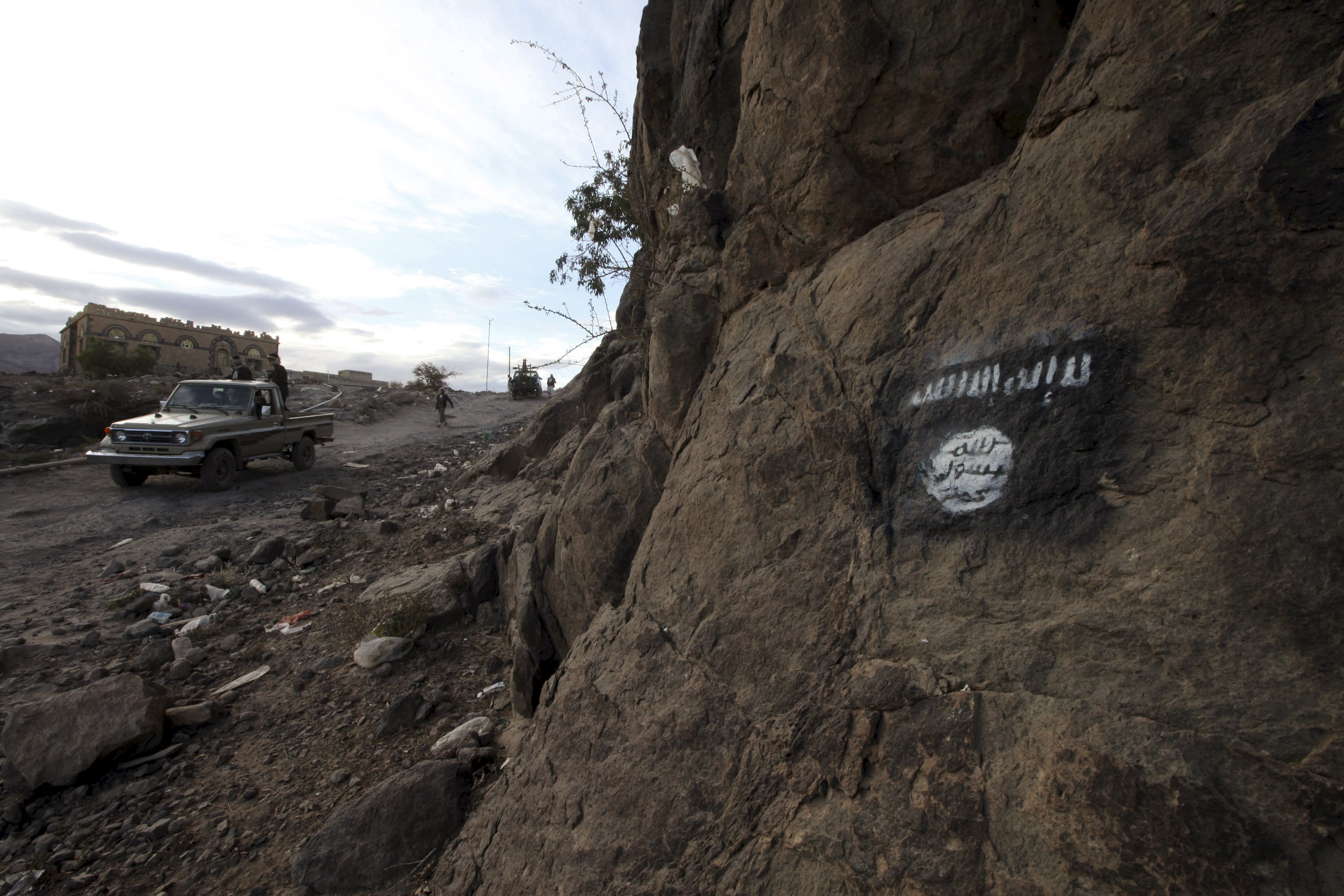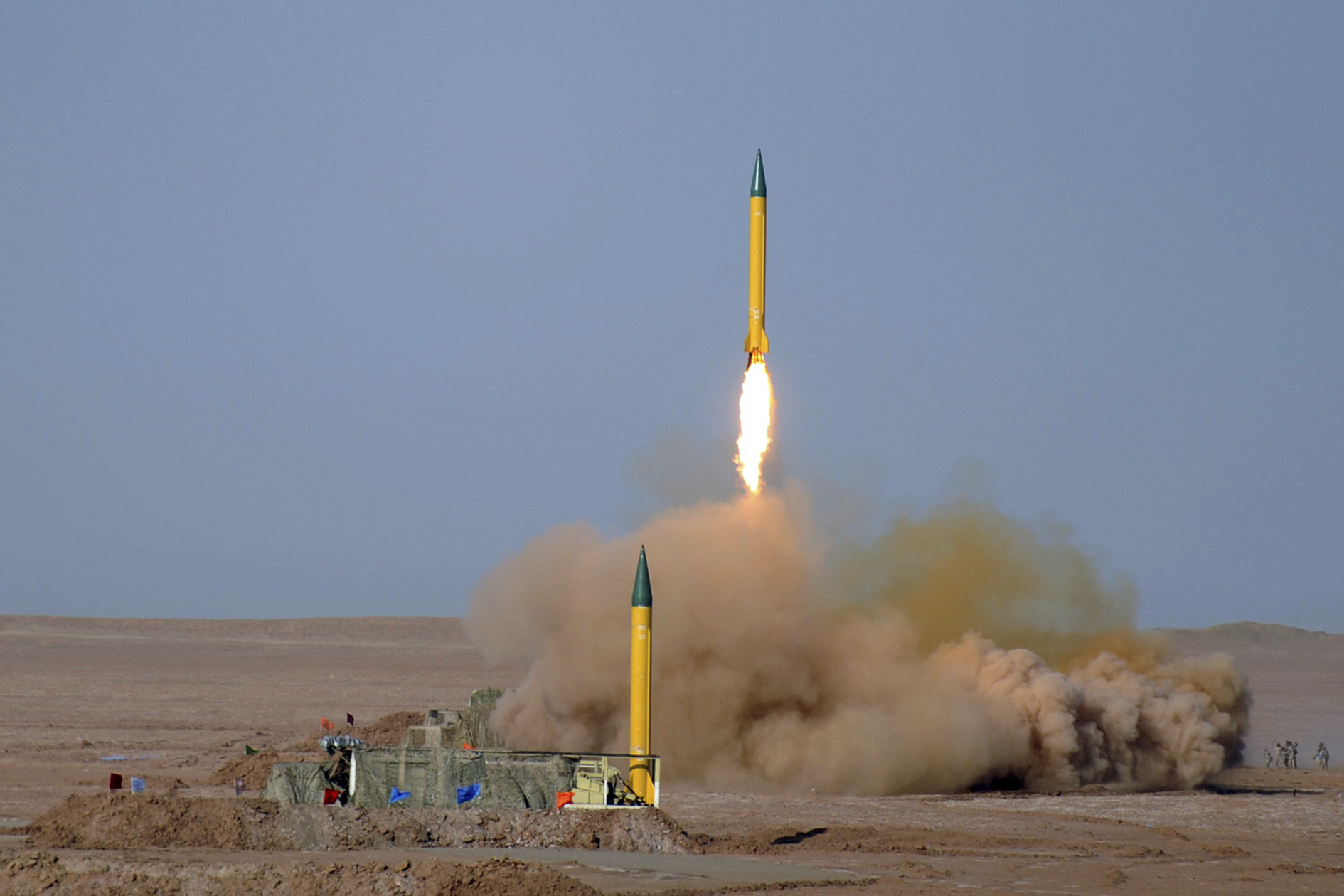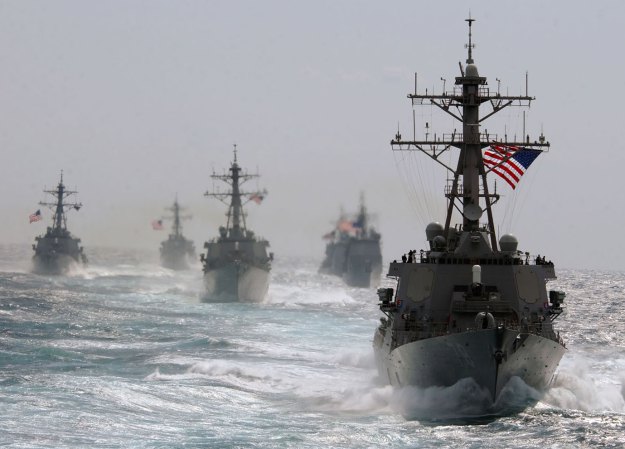Oil rises as tensions increase in the Middle East
01/29/2024 / By News Editors

Oil prices rose on Monday following a drone attack on U.S. forces in Jordan, heightening concerns about supply disruptions in the Middle East.
(Article by Comfort Ogbonna republished from YourNews.com)
Houthi rebels intensified their assaults on vessels in the Red Sea, targeting a fuel tanker operated by Trafigura. The potential for an expanded conflict increased as Russian refined product exports were expected to decline due to refineries undergoing repairs after drone attacks. Brent crude futures increased by 0.4% to $83.84 per barrel, while U.S. West Texas Intermediate crude rose by 0.4% to $78.35 per barrel.
The drone strike on U.S. troops in Jordan raised fears of a broader conflict in the oil-rich Middle East. RBC Capital analyst Helima Croft noted the death of three U.S. service members marked a crucial point, potentially leading to increased U.S. involvement and a heightened risk of regional energy supply disruptions, especially if a direct confrontation with Iran occurs.
Trafigura, a commodities trader, stated on Saturday that it was evaluating the security risks of additional Red Sea voyages following an attack by Yemen’s Houthi group on a tanker. ANZ analysts mentioned that while disruptions to supply had been limited, the situation changed after a Trafigura-operated oil tanker was hit by a missile off the coast of Yemen. With oil tankers associated with the U.S. and UK now at risk, the market is likely to reassess the potential for supply disruptions.
Both contracts experienced a second consecutive week of gains, reaching their highest point in nearly two months on Friday. This was driven by concerns about Middle East and Russian oil supply, coupled with positive U.S. economic growth and indications of Chinese stimulus that elevated demand expectations.
IG Markets analyst Tony Sycamore noted, “The previously prevailing complacency in the oil market has dissipated. Dips in WTI are expected to attract buyers, particularly towards the 200-day moving average at $77.60, with additional robust support anticipated at $75.00 as buyers aim for a push into the low $80s.”
Due to disruptions caused by fires at refineries on the Baltic and Black Seas, Russia is likely to reduce naphtha exports, a key petrochemical feedstock, by approximately 127,500 – 136,000 barrels per day. This accounts for around a third of its total exports, as reported by traders and LSEG ship-tracking data. On February 1, OPEC and its allies, collectively known as OPEC+, are set to convene online.
However, sources within OPEC+ suggest that decisions regarding oil production levels for April and beyond will likely be deferred to the coming weeks. The timing of the meeting is deemed too early to make conclusive determinations on further output policies.
Read more at: YourNews.com
Submit a correction >>
Tagged Under:
big government, bubble, chaos, economic riot, energy supply, finance riot, fuel rationing, fuel supply, Houthi, inflation, market crash, Middle East, national security, oil prices, power, Red Sea, risk, supply chain, terrorism, UK, US, World War III, Yemen
This article may contain statements that reflect the opinion of the author
RECENT NEWS & ARTICLES
SupplyChainWarning.com is a fact-based public education website published by SupplyChainWarning.com Features, LLC.
All content copyright © 2021 by SupplyChainWarning.com Features, LLC.
Contact Us with Tips or Corrections
All trademarks, registered trademarks and servicemarks mentioned on this site are the property of their respective owners.

















